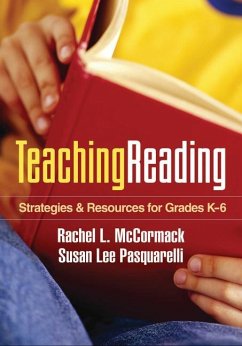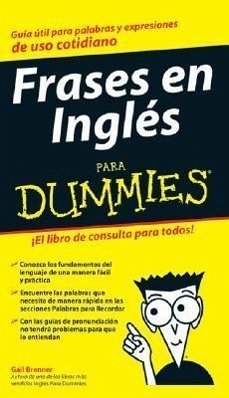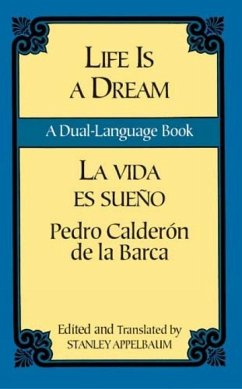
Writing Between Languages
How English Language Learners Make the Transition to Fluency, Grades 4-12
Versandkostenfrei!
Nicht lieferbar
"Most literacy instruction for ELLs in the United States focuses on grammar, vocabulary, content reading, or speaking and listening. The focus on the surface structure of English may lead to enough English proficiency to compose proper English sentences in correctly formatted papers, but it does not support ELLs as competent writers and thinkers." Danling Fu With Writing Between Languages, Danling Fu provides an effective alternative. She proves that by beginning with the literacy knowledge students bring from their native language and putting writing at the center of the curriculum, we can he...
"Most literacy instruction for ELLs in the United States focuses on grammar, vocabulary, content reading, or speaking and listening. The focus on the surface structure of English may lead to enough English proficiency to compose proper English sentences in correctly formatted papers, but it does not support ELLs as competent writers and thinkers." Danling Fu With Writing Between Languages, Danling Fu provides an effective alternative. She proves that by beginning with the literacy knowledge students bring from their native language and putting writing at the center of the curriculum, we can help them make a smoother transition to English while we support their academic literacy. With Writing Between Languages, you'll learn to * understand the crucial and helpful role native literacy plays in building written English fluency * assess where English learners-including beginners-are in their development as writers * use code-switching and movement between languages to scaffold transitional writing-no matter whether you know a student's home language * implement instructional strategies to support development in writing and other literacy and language skills in meaningful contexts. "ELLs should develop their writing ability as well as language skills through writing practice from the beginning," writes Danling Fu. Read Writing Between Languages, use its study guide with your colleagues, and discover how "writing instruction for ELLs that goes beyond language practice, can help them achieve real expression and communication"-skills they'll use in the classroom and in life. "I believe that we are at the beginning stages of a radical shift in pedagogical assumptions regarding effective instruction for ELL students. Writing Between Languages makes a highly significant contribution to our understanding of what teaching for transfer entails and what it can achieve in the area of ELL students' writing development." Jim Cummins University of Toronto







